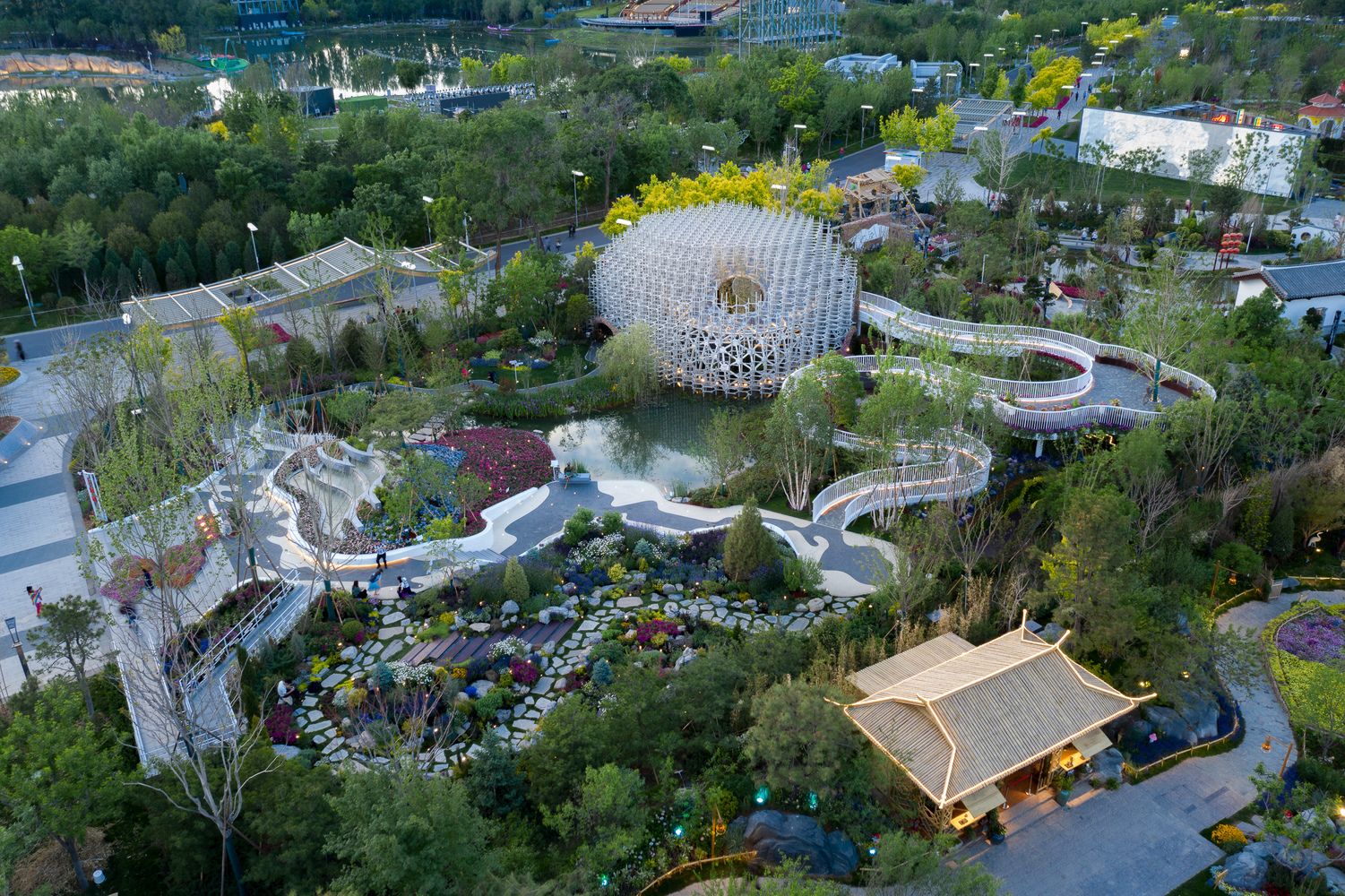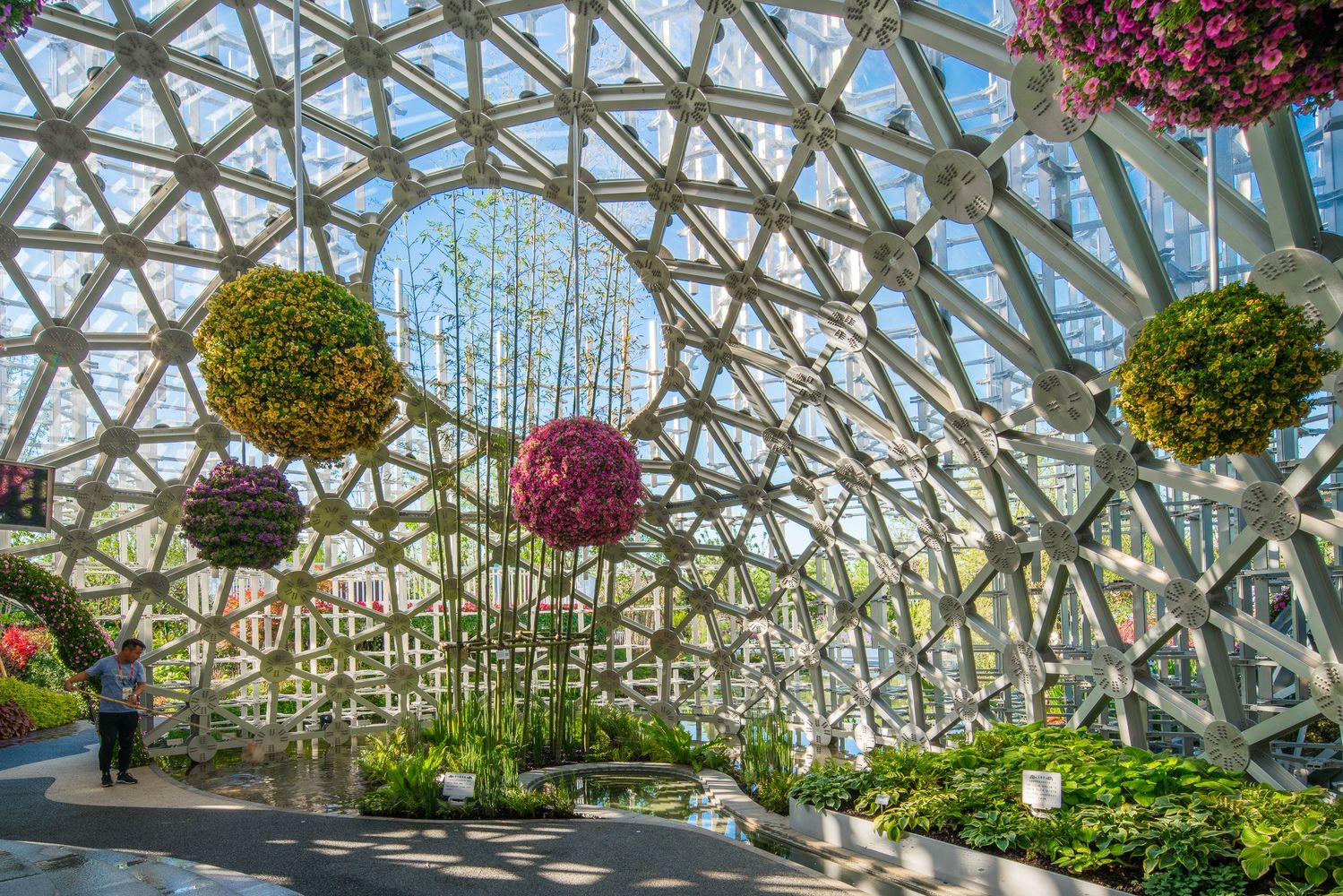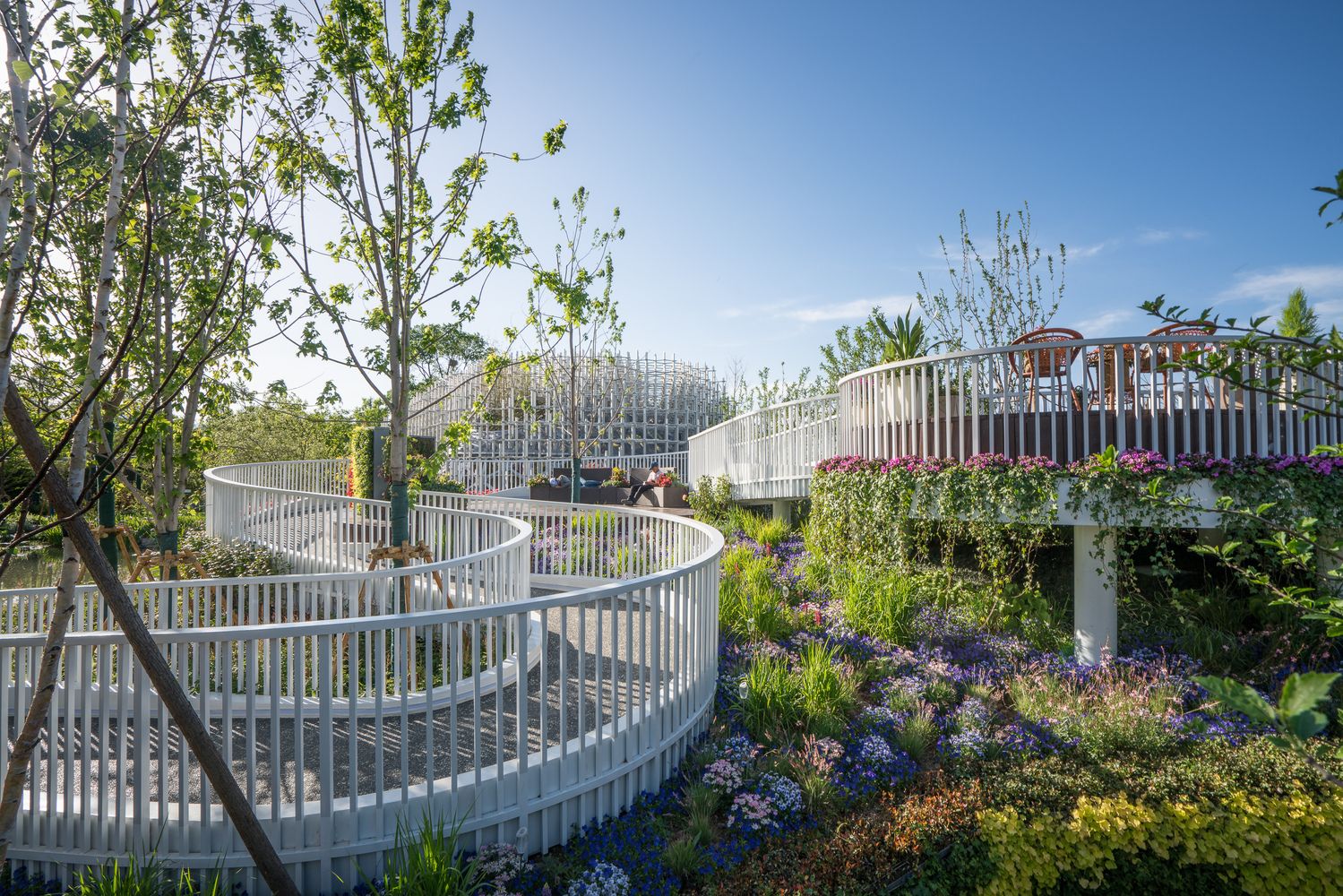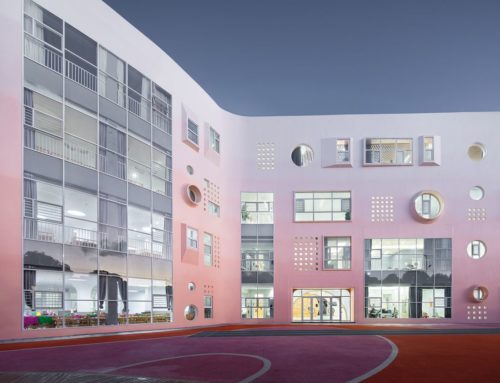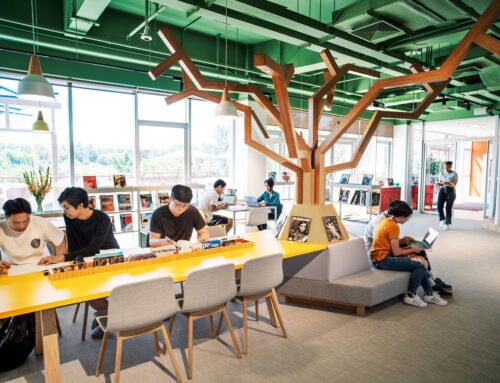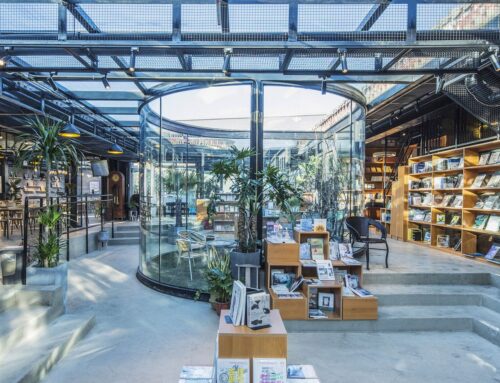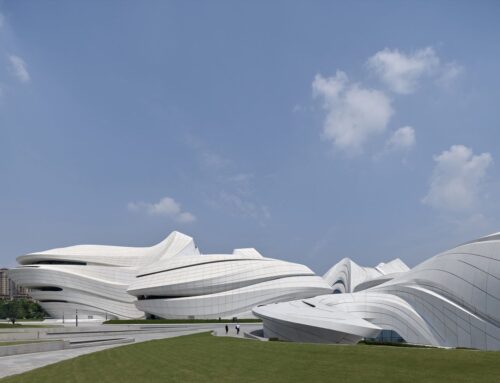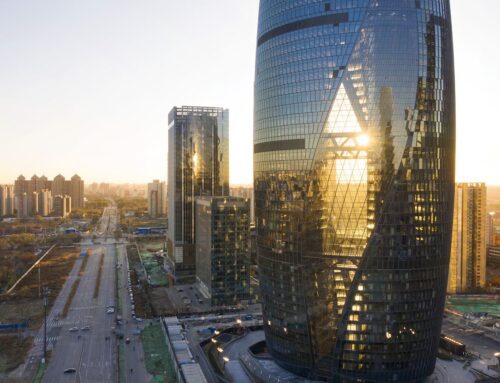The 2019 Beijing World Horticultural Exhibition is located along the Gui River, Yanqing District, Beijing, with a total area of 960 hectares. The Shanghai Garden Exhibition is located at China’s Horticultural Exhibition Area, adjacent to the China Pavilion and the Beijing Garden Exhibition, with a total area of 2,850 square meters.
As a representative of Shanghai Horticulture, Shanghai Garden will reflect the top level of Shanghai’s horticultural design. With the theme of “auspicious cloud”, Shanghai Garden presents a harmonious picture of “ the auspicious clouds bring good luck, while the refreshing rain nourishing all creatures” through the techniques of gardening, expressing the blessings for China and the wishes for a better life. The Garden is divided into six areas: Cloud Stairs, Cloud Shadow, Cloud Clothes, Cloud Hill, Cloud Nest, and Cloud Nest. While presenting the achievements of horticulture, it also displays unique Shanghai-style gardening culture and local characteristics.
The overall layout of the Shanghai Garden satisfies the needs of the exhibition, making full use of the space to shape various landscape spaces from airtight to open, from outdoor to indoor, from natural to artificial, from flat to stereoscopic. For the touring route, the three different elevations of the ground, the air bridge and the narrow road are prepared for the visitors, so that they can appreciate the beauty of gardening from different viewing heights, as if they were surrounded by the beauty of the endless flowers, thus having a splendid experience in the garden.
Through the “Cloud Stairs” – “Cloud Clothes” – “Cloud Hill” – “Cloud Nest” – “Cloud Dock” – “Cloud Shadow”, the landscapes with various space characteristics and plant features are presented, with abundant fogs to highlight them, so as to create a unique landscape touring experience of “life on the clouds, wandering in the clouds”.
The design of Shanghai Garden is inspired from the art of drawing, referring to the techniques of “polishing”, “splashing ink”, “dot color”, “smear” and “dry brush” to present landscapes with diverse textures of ground covers. Meanwhile, make full use of the newly-developed excellent horticultural varieties in Shanghai, and use the different flowering period to form a concentrated area, and make planting groups of the characteristic flowering period.
With the backbone arbor as the core of the group, it forms the nine characteristic plant display areas and becomes the core highlight of the whole garden. Moreover, the vertical greening technology is fully utilized to display Shanghai’s most attractive skylines on both sides of the Pujiang River in the form of green plants, reflecting the symbols of Shanghai and representing the past and the present, the communication and blending between the West and the East.
Meanwhile, for the indoor area and outdoor railings, the use of multi-succulent wall and greening hanging enrich the indoor space and touring interests, demonstrating Shanghai’s characteristic technology of green planting. The eye-catching shape of the entrance is the Chinese pine. It refers to the bonsai effect on the table of the classical garden and is harmoniously integrated with the flowers, ground covers, and ornamental grass of the modern gardening in this garden, reflecting the blending of Eastern and Western garden art.
Source: archdaily
Images: ©TimeRaw Photography Studio

